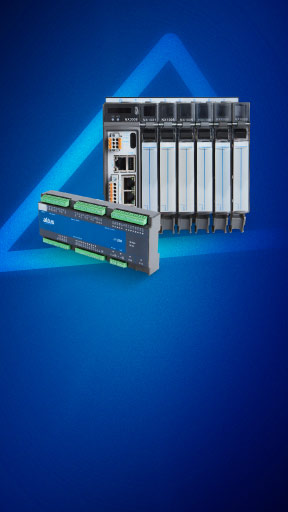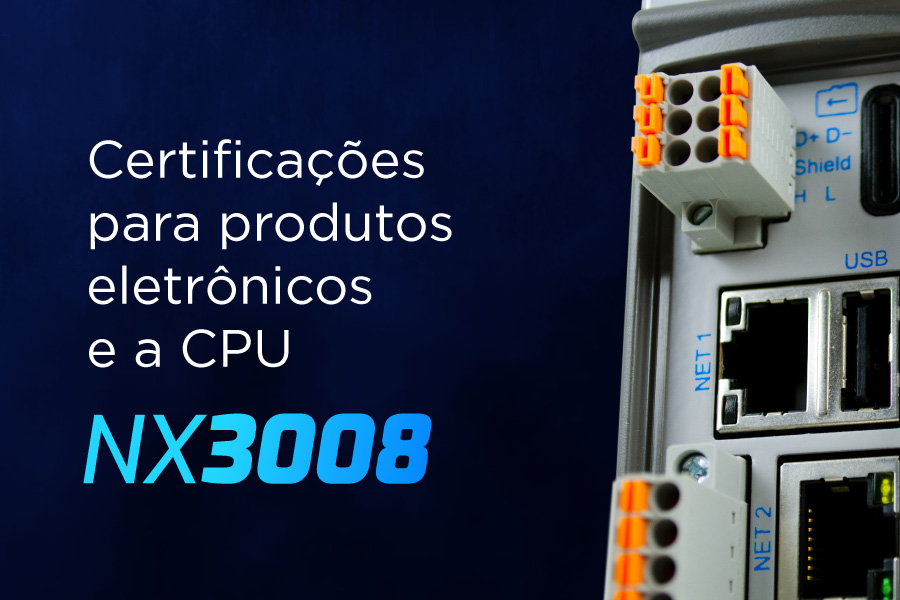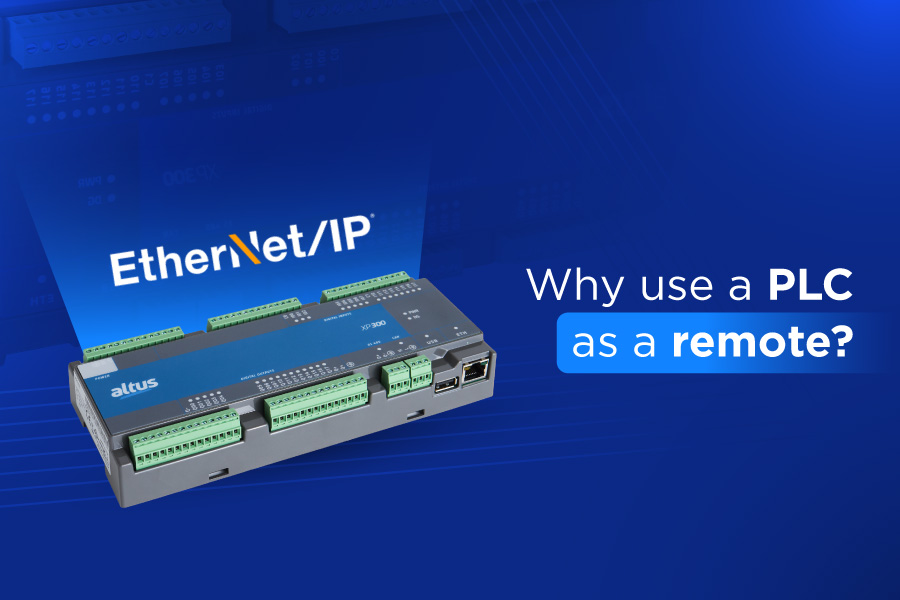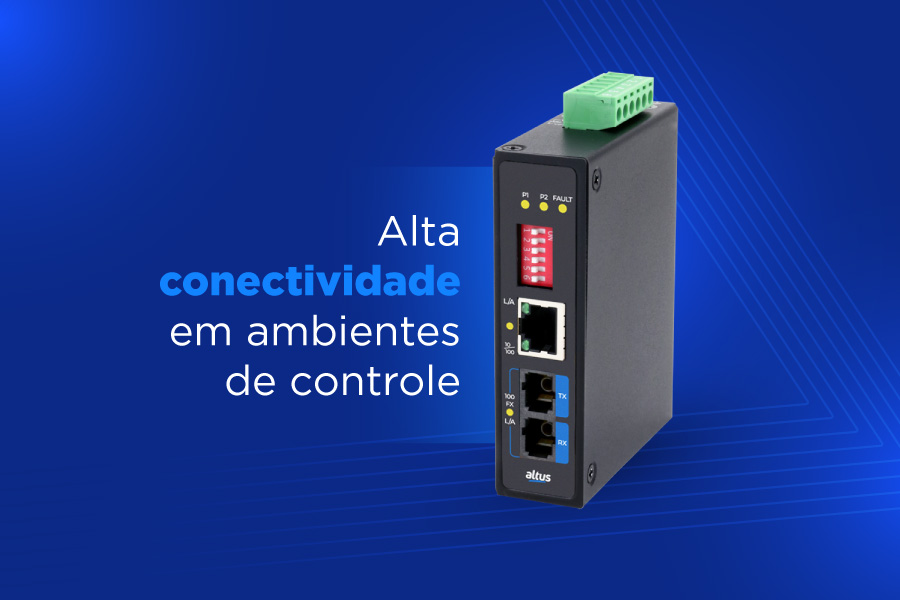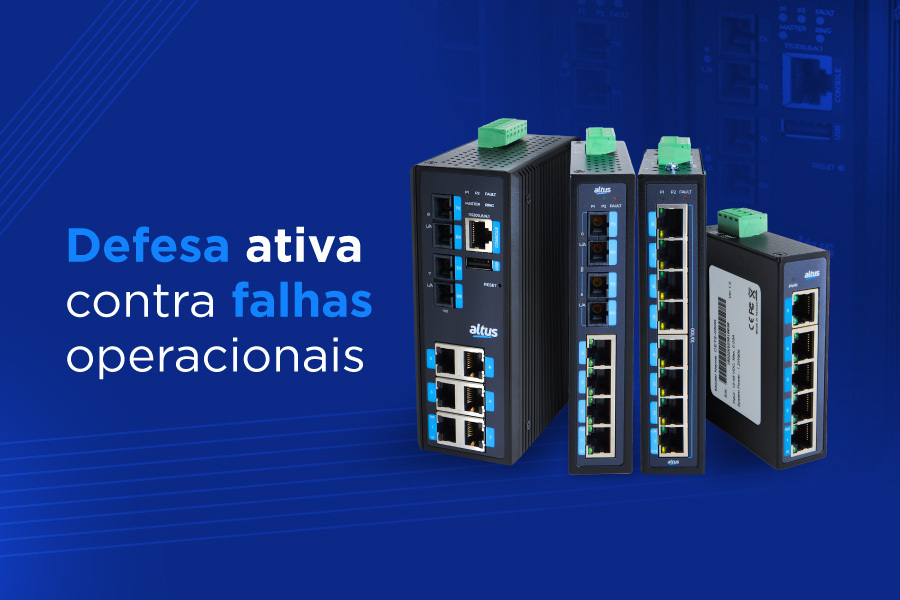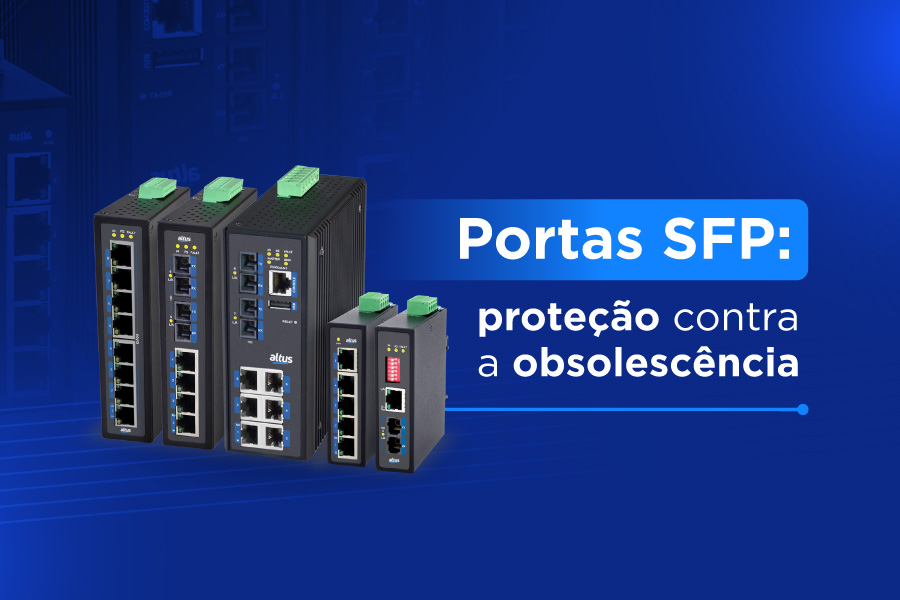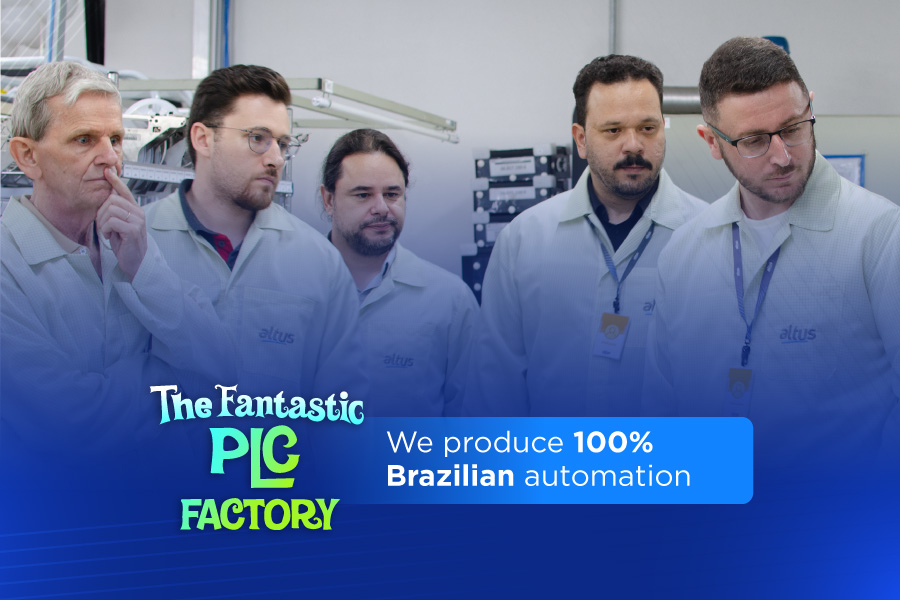In the modern world, where technology is essential to our daily lives, the quality and safety of electronic products are paramount. This is where electronic product certifications come in, which play a crucial role in ensuring that products meet the quality, safety and performance standards imposed by international standards and regulations.
In the following paragraphs we will discuss what certifications for electronic products are, why they are important and how they can be obtained.
What is a certificate for electronic products?
Electronic product certifications are documents issued by independent and recognized organizations that guarantee that a specific electronic product meets the technical, regulatory and safety requirements established by various markets and regions.
These certifications can cover a wide range of electronic products, such as mobile devices, computers, televisions, audio and video equipment, wireless communication products, and more. They typically attest to compliance with specific technical standards, such as electromagnetic emissions, electrical safety, energy efficiency, environmental sustainability, electromagnetic compatibility, and more.
Why are certifications for electronic products important?
Created and maintained by regulatory bodies from different regions of the world, the various certifications for products Existing electronic devices currently havespecific characteristics and premises. However, they share some common assumptions of all markets.
Below, we list three of these characteristics that demonstrate the importance of certifications for electronic products:
1. Compliance with rules and standards:Certification of electronic products ensures that they meet applicable laws and standards. This is vital to protect users, minimize harm to health, reduce environmental effects and ensure it works with other devices.
2. Customer Confidence:Consumers are increasingly aware of the importance of purchasing high-quality and safe electronic products. A recognized certification can be an important factor when choosing a product, as it conveys confidence and credibility in relation to its quality and performance.
3. Access to global markets:It is often necessary to obtain certifications to enter international markets. Electronic products may be banned or run into trade barriers if they do not follow local laws. As a result, certifications allow entry into new markets and business opportunities.
See also: The importance of international certificates for national technology
How to obtain certifications for electronic products?
Obtaining certifications for electronic products requires a structured and comprehensive process, which may vary depending on specific market standards and regulations. However, the following steps are generally followed:
Identificação das regulamentações e normas aplicáveis: É fundamental identificar os padrões e regulamentos pertinentes ao mercado de destino do produto. Essas normas podem ser estabelecidas por organizações internacionais, governos ou associações do setor.
Conformity in design and development:Product design and development must be done with attention to applicable standards and regulations. Choosing safe materials, meeting specific technical requirements and carrying out appropriate tests and trials are all involved in this.
Experiments and evaluations:The electronic product needs to be tested and evaluated by authorized testing laboratories. They check performance, electrical safety and electromagnetic emissions, among other things.
Conformity reports and technical files:The product's technical documentation, which includes manuals, tests and certificates of conformity, must be prepared. These documents guarantee that the product complies with applicable regulations and standards.
Certification request:Upon completion of the previous steps, the certification request is sent to the organization corresponding. After reviewing the documentation and verifying product compliance, certification is issued.
It is important to note that certifications for electronic products generally require periodic maintenance, renewal and audits, ensuring that the product continues to comply with regulations and standards over time.
Main certifications available on Nexto products
As a product designed to meet the demands of a global industry, the NX3008 was designed to comply with the main certifications on the market. Check below a description of each of the international certifications boasted by the most robust CPU in the Nexto Series of programmable controllers.
CE marking
 Products sold in the European Economic Area (EEA) must have the CE mark. It demonstrates that the product meets European Union health, safety and environmental protection standards. A wide range of items, including medical devices, toys, and electronic equipment and appliances require marking. With it, these products can be freely marketed and sold in European Union countries.
Products sold in the European Economic Area (EEA) must have the CE mark. It demonstrates that the product meets European Union health, safety and environmental protection standards. A wide range of items, including medical devices, toys, and electronic equipment and appliances require marking. With it, these products can be freely marketed and sold in European Union countries.
UKCA Certification
 Like the CE standard, used in the European Union, the UKCA marking (UK Conformity – UK Conformity Assessment) ensures that products sold in the territories of England, Scotland, Wales and Northern Ireland meet specific safety, health and environmental requirements. The mark, introduced after Brexit, replaced the CE mark for products sold in the United Kingdom and is applicable to a wide range of products and is mandatory for marketing in the region.
Like the CE standard, used in the European Union, the UKCA marking (UK Conformity – UK Conformity Assessment) ensures that products sold in the territories of England, Scotland, Wales and Northern Ireland meet specific safety, health and environmental requirements. The mark, introduced after Brexit, replaced the CE mark for products sold in the United Kingdom and is applicable to a wide range of products and is mandatory for marketing in the region.
For the CPU to receive the marking, the product needed to pass electromagnetic compatibility and electrical safety determined by the standard. Guarantees that the inputs used in its production comply with ROHS and REACH directives also needed to be presented.
In addition to the NX3008 CPU, all programmable controllers from the Nexto family, the Compact and IoT-ready PLCs Nexto Xpressand as Hadron Xtorm Remote Train Units also have certification.
UL/CUL Certification
 UL/cUL certification is the responsibility of Underwriters Laboratories (UL), a certification organization based in the United States that carries out quality and safety tests on a wide range of products, mainly electrical and electronic products. Certification guarantees that equipment meets rigorous safety standards, protecting consumers from fire, electric shock and other hazards. cUL certification provides an equivalent brand in the Canadian market.
UL/cUL certification is the responsibility of Underwriters Laboratories (UL), a certification organization based in the United States that carries out quality and safety tests on a wide range of products, mainly electrical and electronic products. Certification guarantees that equipment meets rigorous safety standards, protecting consumers from fire, electric shock and other hazards. cUL certification provides an equivalent brand in the Canadian market.
Requirement for exporting products to the United States and Canada, UL/cUL certification demonstrates compliance of the NX3008 and other Nexto Series PLCs with Underwriters Laboratories safety standards. Altus equipment is certified in the NRAQ category, governed by the safety standards UL61010-1, UL61010-1-12 and UL61010-2-201. While the UL61010-1 and UL61010-1-12 standards deal with general safety requirements for measuring, control and laboratory use equipment, the UL61010-2-201 standard deals with the specific safety requirements for control equipment.
DNV certification
 Det Norske Veritas (DNV) is a leading global classification and certification company. DNV certification is recognized across a variety of sectors such as renewable energy, shipping, manufacturing and oil and gas. DNV certifies quality management systems, environmental management, occupational health and safety and process and product certifications. DNV certification helps companies demonstrate their commitment to operational excellence, sustainability and regulatory compliance.
Det Norske Veritas (DNV) is a leading global classification and certification company. DNV certification is recognized across a variety of sectors such as renewable energy, shipping, manufacturing and oil and gas. DNV certifies quality management systems, environmental management, occupational health and safety and process and product certifications. DNV certification helps companies demonstrate their commitment to operational excellence, sustainability and regulatory compliance.
Regarding Altus' reality, certification is a requirement for companies in Asia, Europe and North America to use programmable controllers in marine applications. Nexto Series equipment is certified in the Type Approval category, the process of which involves testing the development and production system for electronic products. This certificate ensures the high technological level of Altus products, the quality of its production chain, the robustness of the hardware and its high availability in offshore structure applications.
Meet the NX3008 CPU
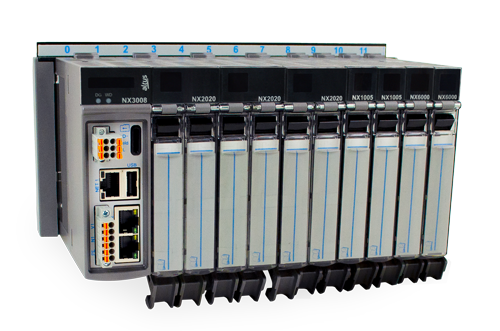 Preemptive and multitasking, the operating system of the new NX3008 CPU operates based on a high-speed processor 64-bit ARM with 1 GHz, which makes it 3x faster than previous models in the line. These features also allow the new model in the Nexto family to control more than 2,000 input and output points, process complex arithmetic calculations and advanced control functions, as well as more than 1,000 PID loops in up to 2 milliseconds.
Preemptive and multitasking, the operating system of the new NX3008 CPU operates based on a high-speed processor 64-bit ARM with 1 GHz, which makes it 3x faster than previous models in the line. These features also allow the new model in the Nexto family to control more than 2,000 input and output points, process complex arithmetic calculations and advanced control functions, as well as more than 1,000 PID loops in up to 2 milliseconds.
To guarantee the completeness of the application for which it is responsible, the unit has a system that provides 1 MB of retentive memory. This feature, present in the most advanced control equipment, prevents the loss of operating data due to a power supply or communication failure between the bus and the CPU. The programmable controller also has advanced features inherited from the Nexto Series, such as One Touch Diag (OTD), Easy Plug System (EPS) and Multiple Block Storage (MBS).
Another feature of Nexto products that will also be present in the new CPU is the conformal coating. In the process, also called tropicalization, a thin layer of non-conductive material is applied to the product plate to protect against corrosion, extreme temperatures, salt spray, humidity, among other factors. This extra protection preserves the investment and ensures that the automation system remains in operation for longer.
Communication and connectivity features
 Created to meet the demands of an increasingly connected industry, the NX3008 CPU has a wide variety of communication interfaces capable of connecting equipment for the most different systems and machines on the market. The new Nexto Series control device has 2 Ethernet ports with support for the PROFINET Controller communication protocol, which allows the controller to be used in a network with MRP ring architecture. The equipment also has 01 Gigabit Ethernet interface.
Created to meet the demands of an increasingly connected industry, the NX3008 CPU has a wide variety of communication interfaces capable of connecting equipment for the most different systems and machines on the market. The new Nexto Series control device has 2 Ethernet ports with support for the PROFINET Controller communication protocol, which allows the controller to be used in a network with MRP ring architecture. The equipment also has 01 Gigabit Ethernet interface.
The product also has an RS-485 port and a CAN port, for connecting to field networks, a USB interface for connecting to modems and a MicroSD memory card for data storage. This profusion of connectivity features allows the new Altus CPU to be applied in architectures with varied communication networks. In addition to the PROFINET standard, the equipment also supports other important communication protocols, such as MODBUS/RTU, MODBUS/TCP, MODBUS RTU/TCP, EtherNet/IP, EtherCAT Master, IEC 60870-5-104, CANopen and J- 1939, OPC DA, OPC UA, MQTT and PROFIBUS-DP (using an additional module).
The product, like other equipment in the Nexto Series, uses the MasterTool IEC XE programming software, a technological platform based on CODESYS with scalability for micro to large projects (free up to 320 I/O points). Fully adherent to the IoT universe, the CPU has the ability to write directly to SQL databases and interact directly with the most relevant cloud hosting services on the market, such as Microsoft Azure, IBM Cloud, Google One and Amazon AWS. The unit also has a difference that is present in few PLCs on the market: the unit has an embedded WebServer, a tool that allows the creation of supervision and application monitoring screens without the need to use a SCADA system.
Advanced software and cybersecurity features

The new Altus CPU also supports FTP type connections, which enables the device to exchange data with a server that uses this technology model. This functionality allows data packages generated by the controller, such as logs collected through a datalogger function, to be accessed remotely.
Another new feature that will be available on the NX3008 is an embedded Docker platform. The feature, native to the CPU, will make it possible to virtualize software developed for operating systems with Unix technology. The feature will give more versatility and speed to the system's operation, as it allows the processing of multiple data within the CPU itself.
